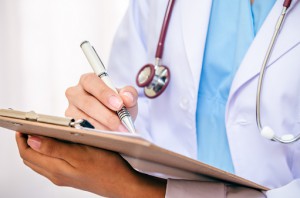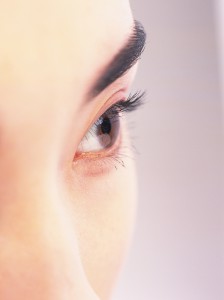As far back as 1513, when Ponce de Leon traveled to Florida in search of the Fountain of Youth, people have been obsessed with retaining their youthful appearance. In modern times, whether young, middle-aged or older, individuals are still in search of ways to look younger.
Could the “fountain of youth” and the ability to maintain a youthful appearance have been within our grasp all along?
It is proven that people who have maintained a fit, healthy weight throughout their life will often have a younger looking physique, as well as less sagging in their skin.
Additional ways to maintain a younger appearance are:
- Taking care of your teeth – A full set of teeth avoids the bone loss in the mouth and jaw structures, which can give the face a sunken appearance.
- Color your greys away – Vibrant hair color, with a glossy texture and lots of volume can also make someone look younger.
- Dump the frumpy frocks – Modern, stylish clothing, eyeglasses, jewelry and accessories can go a long way toward appearing younger.
- Posture – How you stand, sit and carry yourself will not only affect how other people see you, but it also has an impact on how you look and feel as you get older.
- Adjust your mindset – Research has found that our lifestyle habits such as exercise, nutrition, stress management and sleep will enhance the body’s ability to repair cellular damage that is inevitable as we get older.
- Get your beauty sleep – Bags under the eyes and pallor to your skin can definitely make you look old and tired. A solid seven to eight hours of sleep per night is recommended.
If maintaining healthy skin is your concern, foods containing vitamins A, C, and E, polyphenols (antioxidants that have anti-inflammatory properties that protect and benefit the skin should be part of your daily diet)
Here are some examples of foods that provide these key nutrients:
- Vitamin A – Sweet potatoes, broccoli, leafy greens (such as spinach and kale), red, yellow and orange produce (such as cantaloupe, carrots, bell peppers), and asparagus
- Vitamin C – Red bell peppers, broccoli, cauliflower, strawberries, pineapple, kiwifruit, oranges and cantaloupe
- Vitamin E – Nuts and seeds, vegetable oils, tomato products, and spinach
- Polyphenols – Green tea, cocoa and dark chocolate
By maximizing your intake of the items listed above, adopting healthy lifestyle habits, and drinking plenty of purified water while minimizing your intake of sugars and highly processed foods, you will be doing your best to keep your body functioning well as you age.
All content of this newsletter is intended for general information purposes only and is not intended or implied to be a substitute for professional medical advice, diagnosis or treatment. Please consult a medical professional before adopting any of the suggestions on this page. You must never disregard professional medical advice or delay seeking medical treatment based upon any content of this newsletter. PROMPTLY CONSULT YOUR PHYSICIAN OR CALL 911 IF YOU BELIEVE YOU HAVE A MEDICAL EMERGENCY.





